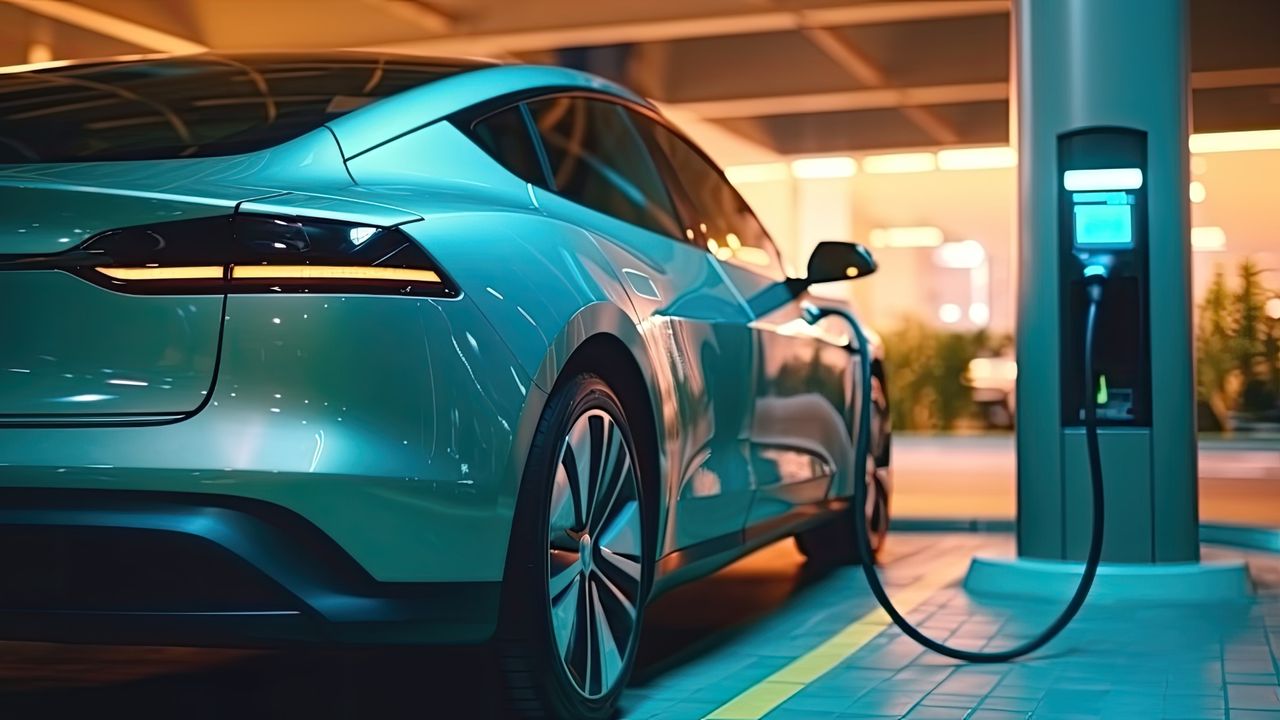Public Charging Stations: The Key to Electric Vehicle Adoption
As the world moves towards a more sustainable future, electric vehicles (EVs) have gained significant popularity. With zero tailpipe emissions and reduced dependence on fossil fuels, EVs are seen as a crucial solution to combat climate change. However, one of the main concerns for potential EV owners is the availability and accessibility of public charging stations. In this article, we will explore the importance of charging station availability, charging speed, and charging point locations in promoting the widespread adoption of electric vehicles.
Charging Station Availability
One of the primary factors that influence the decision to purchase an electric vehicle is the availability of charging stations. EV owners need to have confidence that they can recharge their vehicles conveniently, especially during long journeys or when they don’t have access to a private charging point at home or work.
Fortunately, the number of public charging stations has been steadily increasing in recent years. Governments, businesses, and organizations are recognizing the importance of investing in charging infrastructure to support the growing EV market. This expansion not only provides peace of mind to EV owners but also encourages more people to consider making the switch to electric vehicles.
Charging Speed
In addition to availability, charging speed is another crucial factor that affects the overall convenience of using public charging stations. The time it takes to recharge an electric vehicle can vary significantly depending on the charging technology and power output of the station.
There are three main types of charging speeds: Level 1, Level 2, and DC Fast Charging. Level 1 charging is the slowest, typically using a standard household outlet and taking several hours to fully charge a vehicle. Level 2 charging, which requires a dedicated charging unit, is faster and can charge an EV in a matter of hours. DC Fast Charging, also known as Level 3 charging, is the fastest option, capable of providing an 80% charge in as little as 30 minutes.
While Level 1 charging is suitable for overnight charging at home, the availability of Level 2 and DC Fast Charging stations in public areas is crucial for longer trips and quick top-ups. As technology advances, the installation of faster charging stations will become more common, reducing charging times and further enhancing the convenience of owning an electric vehicle.
Charging Point Locations
The strategic placement of charging points is essential to ensure that electric vehicle owners can easily access them when needed. Charging stations should be conveniently located in areas such as shopping centers, parking lots, and along major highways to accommodate both short and long-distance travel.
When planning a journey, EV owners rely on charging point location information to determine their route and ensure they have sufficient charging opportunities along the way. Online maps and smartphone applications that provide real-time data on charging station availability and occupancy help drivers make informed decisions and avoid unnecessary detours or range anxiety.
Moreover, the integration of charging stations with other amenities, such as restaurants or shopping facilities, can enhance the overall experience for EV owners. This not only provides an added convenience but also encourages drivers to spend time and money at these locations while their vehicles charge.
Conclusion
The availability, speed, and location of public charging stations play a vital role in the widespread adoption of electric vehicles. As governments, businesses, and organizations continue to invest in charging infrastructure, EV owners can enjoy the convenience and peace of mind that comes with knowing they can recharge their vehicles easily and efficiently. With the continued expansion of charging networks and advancements in charging technology, the transition to electric vehicles will become even more accessible and appealing to a broader range of consumers.
